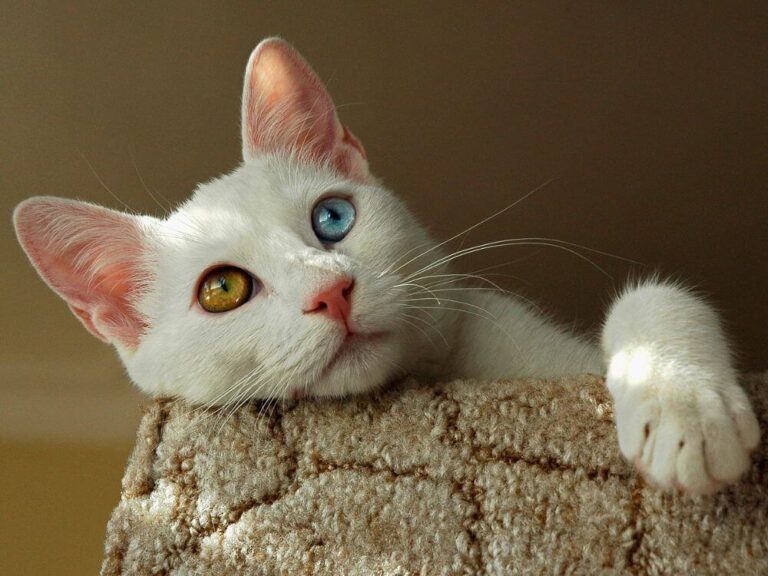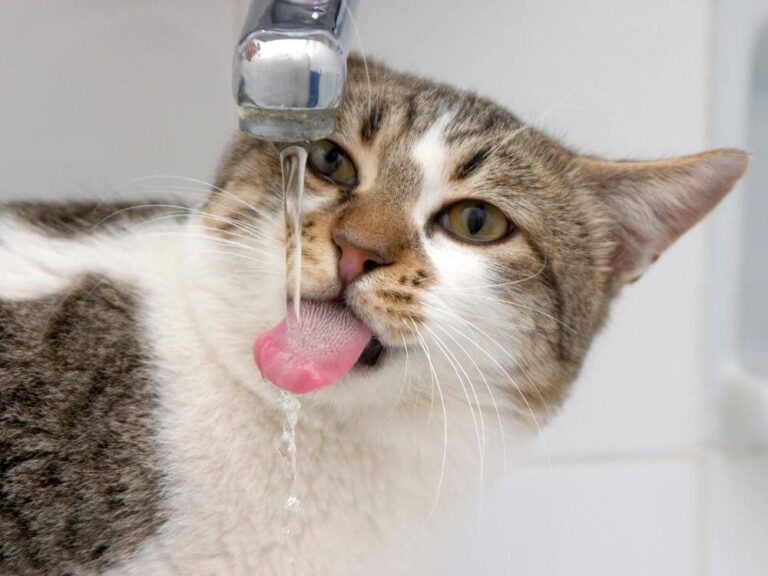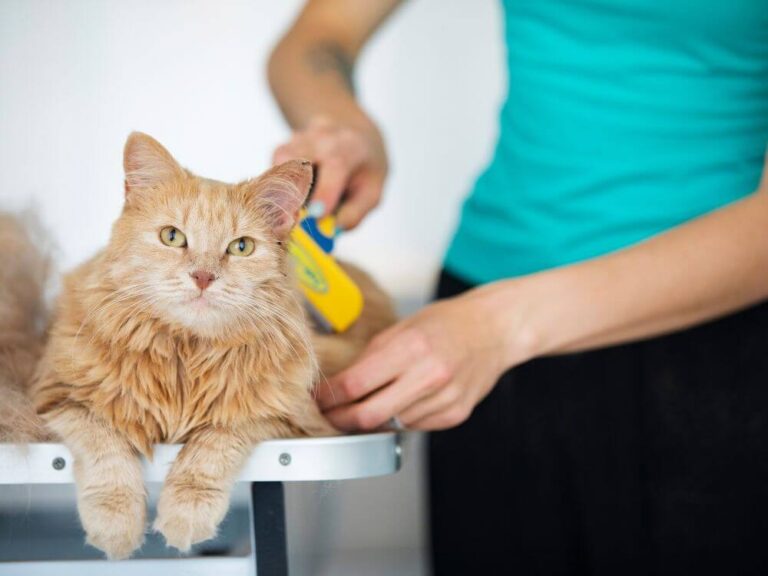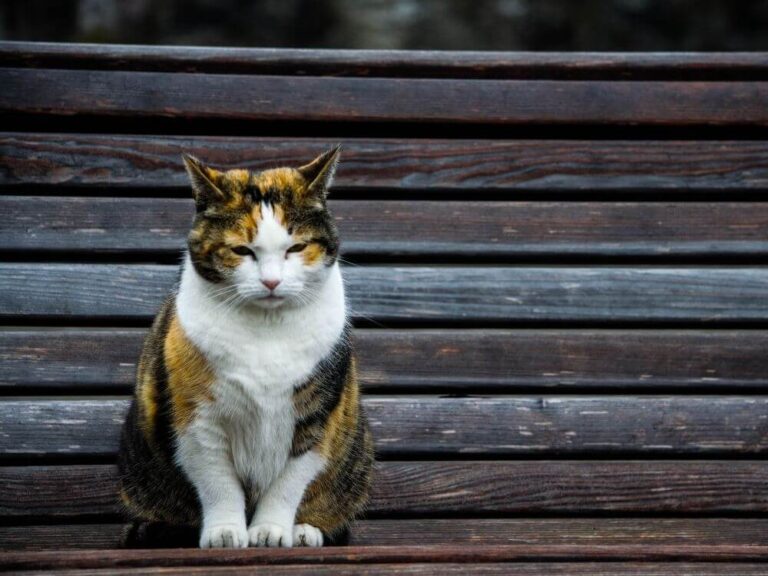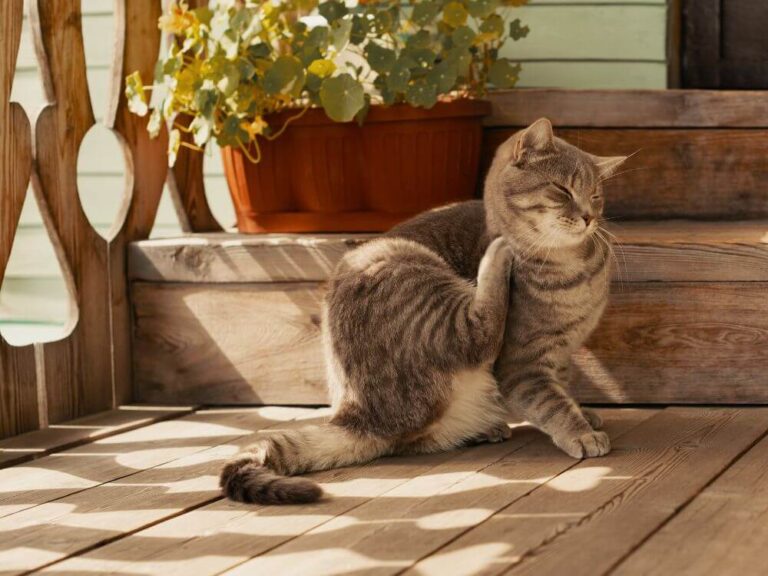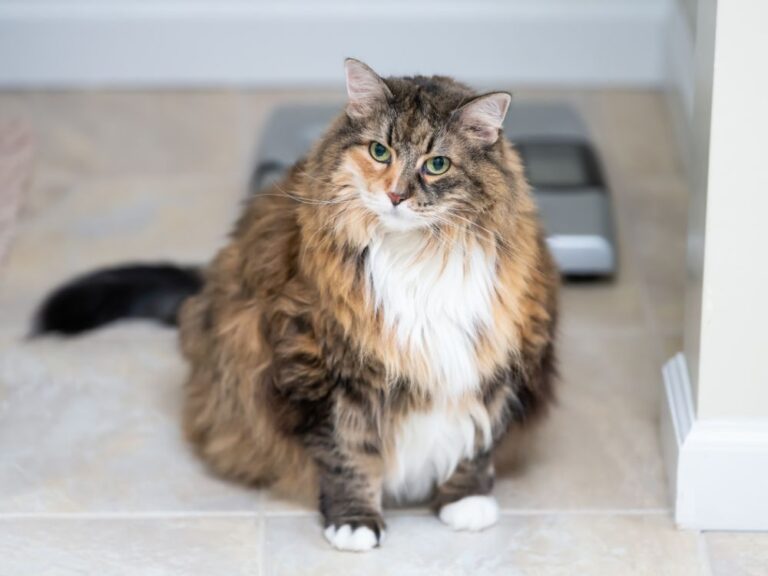How to Recognize Signs of Stress in Cats
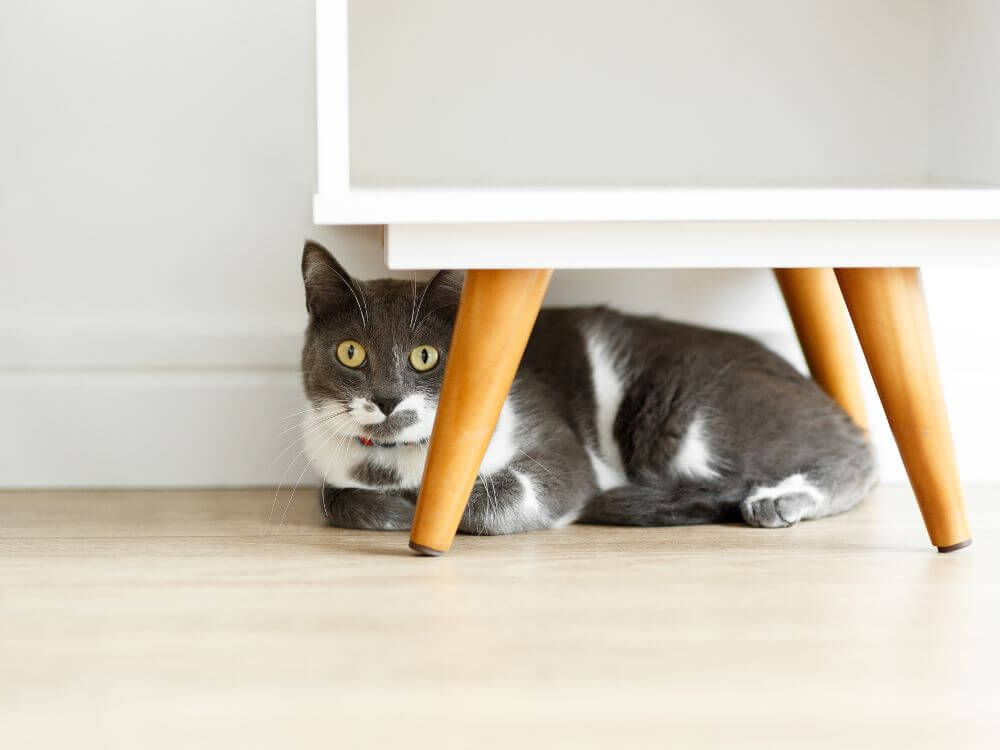
Stress in cats can manifest in a variety of ways, often subtle but sometimes more overt. As responsible pet owners, it’s essential to understand the signs and underlying causes of stress in our feline companions. Recognizing these signals early can prevent health problems, behavioral issues, and ensure your cat’s well-being.
The Nature of Stress in Cats
Cats, like humans, experience stress. However, because they are more independent and often hide their discomfort, their stress can be difficult to detect. Cats are creatures of habit, and even minor changes in their environment or routine can cause anxiety.
Stress can result from various factors, including changes in their surroundings, the introduction of new pets, or disruptions to their daily lives. Understanding these causes helps prevent long-term problems and improve your cat’s quality of life.
Physical Signs of Stress
When a cat feels stressed, its body language and physical state often change. Watch for these common signs:
- Excessive Grooming or Lack of Grooming Cats are naturally fastidious groomers. But over-grooming, particularly in one area, can indicate stress. It’s their way of self-soothing, similar to how people might bite their nails. Conversely, if a usually clean cat stops grooming altogether, it could be a sign of stress-induced depression.
- Changes in Appetite A stressed cat may stop eating or start eating more than usual. Loss of appetite is often a red flag, especially if it’s coupled with other signs of anxiety. On the other hand, some cats might comfort eat, consuming more food to deal with stress.
- Sudden Weight Loss or Gain Stress can cause rapid weight changes. A decrease in weight typically follows a loss of appetite, while weight gain may result from overeating due to stress.
- Increased Shedding While seasonal shedding is normal, excessive shedding outside of these periods might signal stress. If you notice more fur than usual around your home or during grooming sessions, stress could be the cause.
Behavioral Signs of Stress
In addition to physical indicators, changes in behavior can also point to a stressed cat:
- Aggression If your normally friendly cat becomes aggressive toward you, other pets, or strangers, it could be feeling anxious or overwhelmed. This behavior is often a defensive response to stress.
- Hiding Cats tend to hide when they feel stressed or threatened. While it’s normal for cats to seek out quiet spaces, excessive hiding, particularly if they avoid social interactions, is a clear sign of stress.
- Changes in Litter Box Habits Stress can lead to inappropriate urination, such as peeing outside the litter box. This is often a way for cats to mark territory, especially if they feel threatened or unsettled.
- Vocalization Increased meowing, yowling, or even growling can indicate distress. Cats often vocalize more when they are uncomfortable or seeking reassurance.
Environmental Triggers for Stress
Cats are highly sensitive to changes in their environment. The most common triggers include:
- New Pets or People The introduction of a new pet, baby, or houseguest can disrupt your cat’s routine, causing stress. Cats are territorial animals, and sharing their space can lead to anxiety.
- Moving or Changing the Home Layout Moving to a new house or even rearranging furniture can make a cat feel displaced. Their environment plays a significant role in their comfort, so altering it may cause them to feel insecure.
- Loud Noises Loud environments, such as fireworks, thunderstorms, or parties, can be overwhelming for cats. They prefer quiet and calm surroundings, and sudden loud noises can easily trigger stress.
- Boredom or Lack of Stimulation A cat that doesn’t have enough mental or physical stimulation can experience stress. Indoor cats, in particular, need enrichment to prevent boredom-related anxiety.
How to Help a Cat Under Stress
If you notice your cat exhibiting signs of stress, there are steps you can take to help them relax and return to their normal, happy selves:
- Create a Safe Space Provide a quiet, comfortable area where your cat can retreat when feeling anxious. This should be a place where they feel secure and undisturbed.
- Stick to a Routine Cats thrive on routine. Try to feed, play, and provide attention at the same times each day. Maintaining consistency helps reduce anxiety.
- Use Pheromones Feline pheromone diffusers can create a calming environment for stressed cats. These mimic natural cat pheromones, helping them feel more secure and less anxious.
- Provide Stimulation Ensure your cat has plenty of toys, scratching posts, and interactive activities. Regular playtime will help them burn off energy and reduce boredom-induced stress.
- Consider Vet Visits If your cat’s stress seems severe or doesn’t improve, consult your veterinarian. Chronic stress can lead to health issues, so it’s important to rule out medical conditions.
Conclusion: Recognizing and Relieving Stress in Cats
Cats, though independent, are sensitive creatures. Recognizing the signs of stress early is key to preventing long-term issues. By understanding your cat’s needs and creating a comfortable environment, you can help them lead a peaceful and healthy life.
By following these steps, you can ensure your cat feels secure, content, and happy, even in the face of life’s changes.

